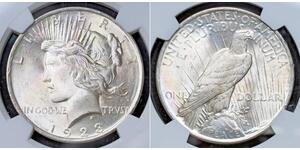(Vendue pour $1.0)
1597, Poland/Lithuania, Sigismund III Vasa. Billon Schilling Coin. Riga mint!
Mint Year: 1597 Denomination: Schilling Reference: Gumowski 1431. Mint Place: Riga (Lithuania) Condition: Minor greenish deposits, otherwise a nice VF! Material: Billon (bronze and silver alloy) Diameter: 18mm Weight: 1.2gm
Riga developed as the main merchandise centre of the Livonia Confederation and was a chain between merchants of Western Europe and Lands of Russia. In order to defend its trading interests, Riga joined the Hanseatic League during the late 13th century. Bishop Albert moved his residency here from Ikskile in 1201-02, thus establishing the Bishopric of Riga (the Archbishopric since 1255). Riga had its own coat of arms and flag since 1220's until 1581. When the Livonia Confederation was dissolved in 1561, Riga got the status of free city on the same year. This status lasted until 1581, when Riga had to accept the reign of Poland as the result of later phases of Livonia War.
Sigismund III Vasa (Polish: Zygmunt III Waza) (20 June 1566 – 30 April 1632 N.S.) was Grand Duke of Lithuania and King of Polish Crown, a monarch of joined Polish-Lithuanian Commonwealth from 1587 to 1632, and King of Sweden (where he was known simply as Sigismund) from 1592 until he was deposed in 1599. He was the son of King John III of Sweden and his first wife, Catherine Jagellonica of Poland. He was the last ruler of Polish-Lithuanian Commonwealth bearing a dynastical blood of House of Gediminas and a branch of it Jagiellons, although from female line.
Elected to the throne of the Polish-Lithuanian Commonwealth, Sigismund sought to create a personal union between the Commonwealth and Sweden (Polish-Swedish union), and succeeded for a time in 1592. After he had been deposed in 1595 from the Swedish throne by his uncle, Charles IX of Sweden and a meeting of the Riksens ständer (Swedish Riksdag), he spent much of the rest of his life attempting to reclaim it.
Sigismund remains a highly controversial figure in Poland. His long reign coincidenced with the apex of the Polish-Lithuanian Commonwealth's prestige, power and economic influence. On the other hand, it was also during his reign that the symptoms of decline that led to the Commonwealth's future demise surfaced. Common views, influenced by popular books of Pawel Jasienica, tend to present Sigismund as the main factor responsible for initiating these negative processes, while academic historians usually are not that condemning. However, the question whether the Commonwealth's decline was caused by Sigismund's own decisions or its roots were in historical processes beyond his personal control, remains a highly debated topic.
He was commemorated in Warsaw with Zygmunt's Column, commissioned by his son and successor, Wladyslaw IV.
Only 1$ shipping for each additional coin purchased!
1 Dollar États-Unis d'Amérique (1776 - ) Argent
Le groupe a 272 pièces / 228 prix
⇑








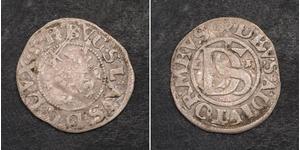



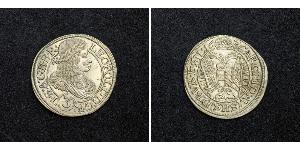
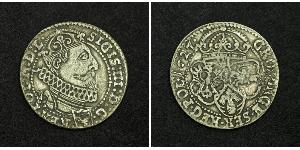


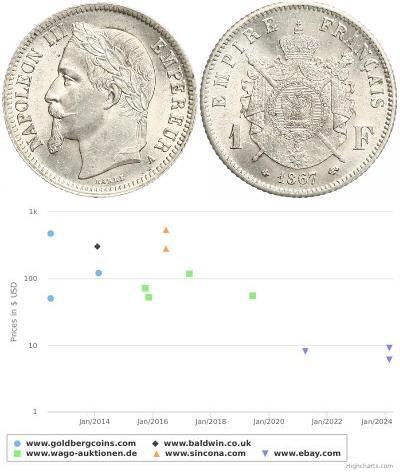
-300-150-Uo3BwcI0YSUAAAEosrUYEDow.jpg)
